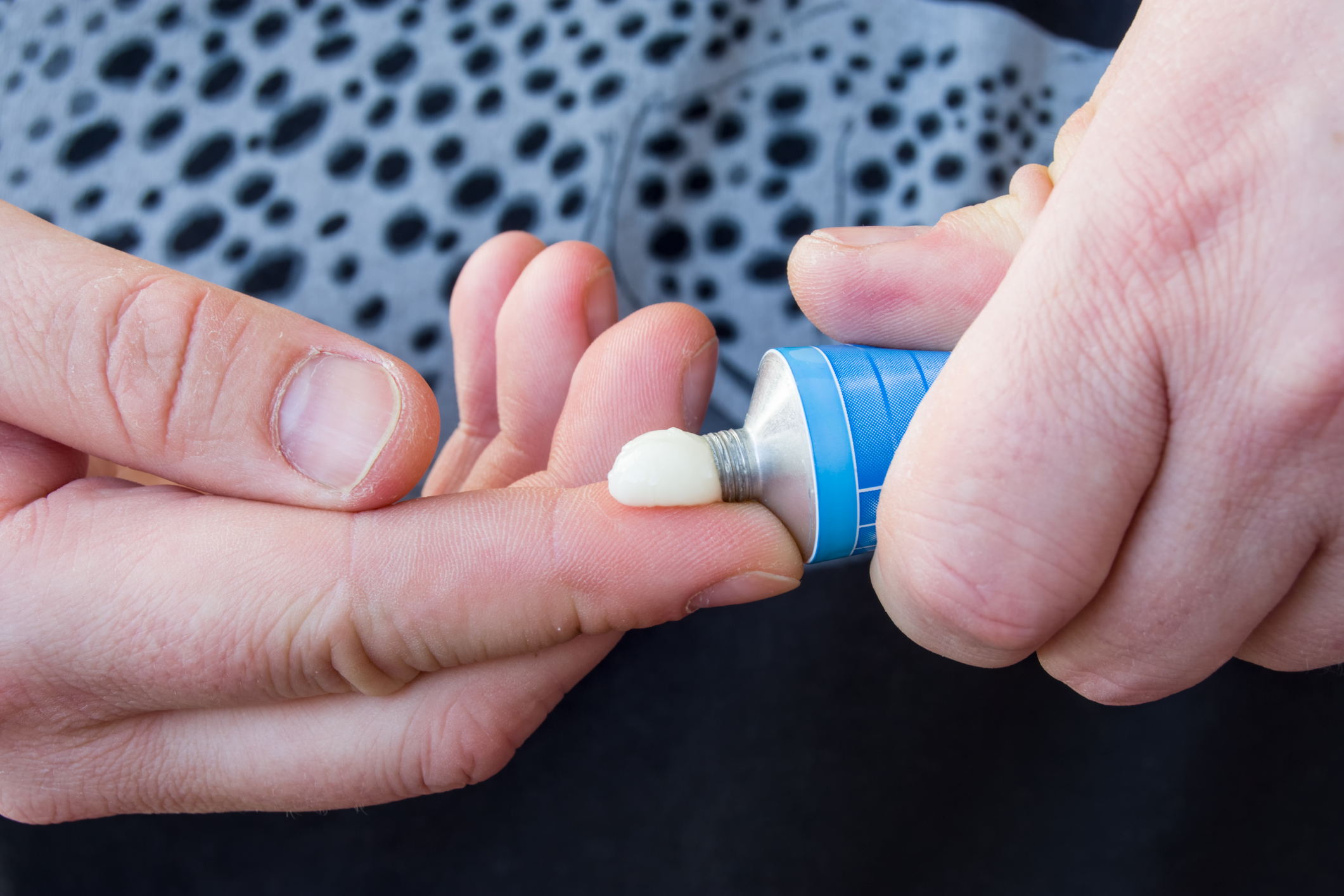Danielle Meddemmen
Statistics show that five in ten Indigenous Australian children will develop impetigo – a skin condition also known as ‘school sores’ – with about two to ten percent of them sadly dying due to complications from the condition.
That’s why researchers at the University of Canberra, including Bachelor of Pharmacy (Honours) student Garima Gahlawat, are exploring the current challenges to the treatment of impetigo.
As a first step in the project, Ms Gahlawat completed a systematic review of currently available treatments.
Her research, supervised by Associate Professor Dr Jackson Thomas and supported by a large group of collaborators, has been published in the Clinical Therapeutics Journal.
“We performed a systematic review of all available antimicrobial treatments for skin sores from impetigo, and we looked at all clinical trials in the past ten years to identify the most effective treatments,” Ms Gahlawat said. “We also looked at current and emerging treatment-related challenges.”
“We found that there is rapidly-emerging resistance to treatment for this condition and ozenoxacin, the drug that seems most effective, is not yet approved for use in Australia.”
The skin infection, which is caused by Staphylococcus or Streptococcus bacteria, is particularly common within children in regional and remote Indigenous communities and can progress to blood poisoning, kidney failure and heart disease if not treated properly.
Dr Thomas explains that treatments therefore need to be easily accessible to residents of these areas.
“Ideally, this infectious condition needs a topical ointment, so you can self-treat it rather than seeing a physician for an injection or antibiotic,” he said.
“Currently, children in these areas are given antibiotic injections or oral tablets, which are not ideally suited because there is a shortage of the antibiotics, and a cultural aversion to these treatment methods.”
Unresolved skin sores may lead to lifelong damage to the kidneys and heart, possibly necessitating dialysis or resulting in chronic heart disease. Young Indigenous Australians are 122 times more likely to develop rheumatic heart disease and 55 times more likely to die from it.
There is a growing body of evidence implicating Group A Streptococcal (GAS) skin infections, including impetigo, as a cause of these conditions, particularly in Australia, New Zealand and the Pacific. This is arguably one of the driving factors causing the health gap between Indigenous and non-Indigenous Australians.
The research team is now hoping that the published research will help to secure further funding to boost the development of effective treatments for the condition, to help address this health gap.
“We are hoping the research will help with bringing the treatment we have identified in our research to Australia, to treat the early stages of the condition,” Dr Thomas said.
“Garima’s work is a part of our larger body of research into the condition at the University, and we have another student developing an innovative skin product for impetigo.”
The published research can be viewed here.


